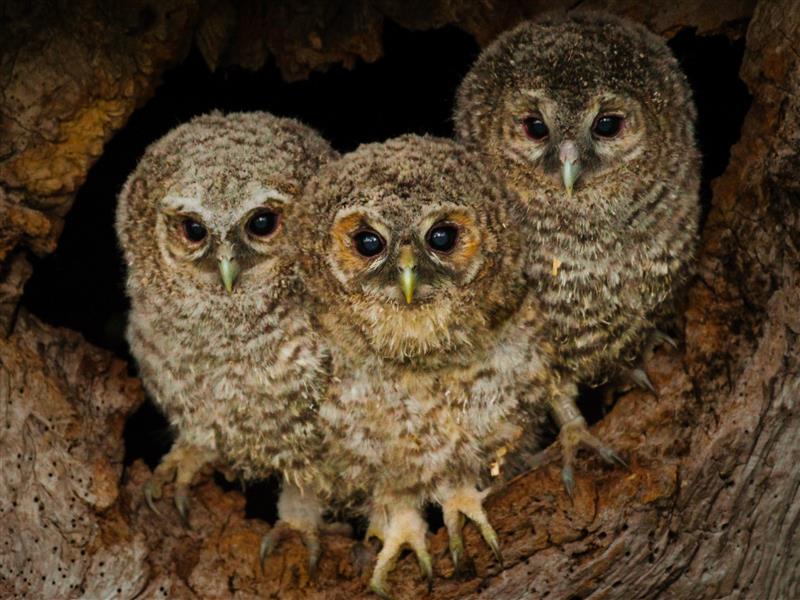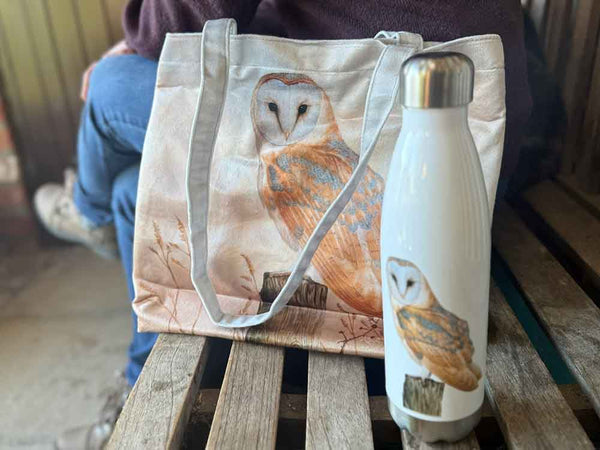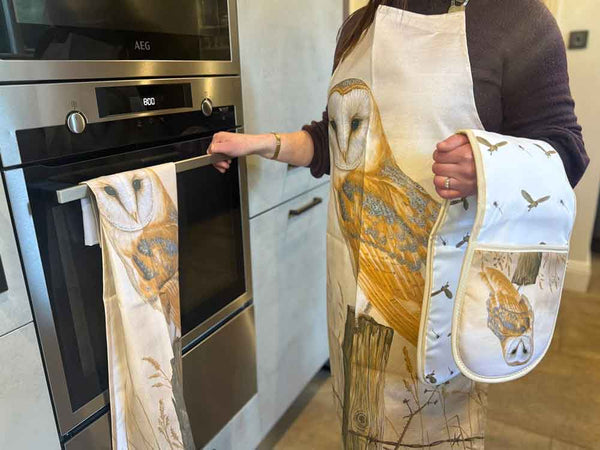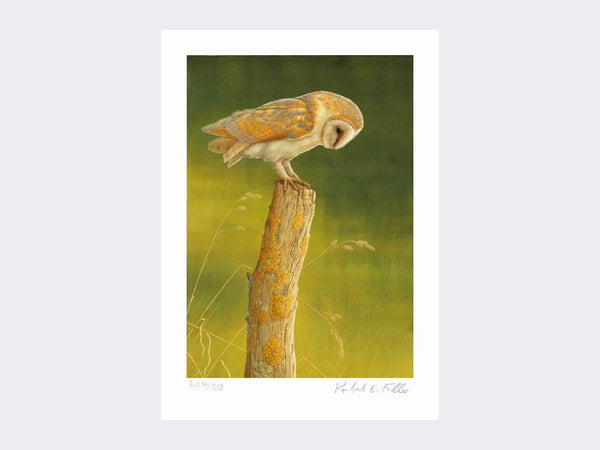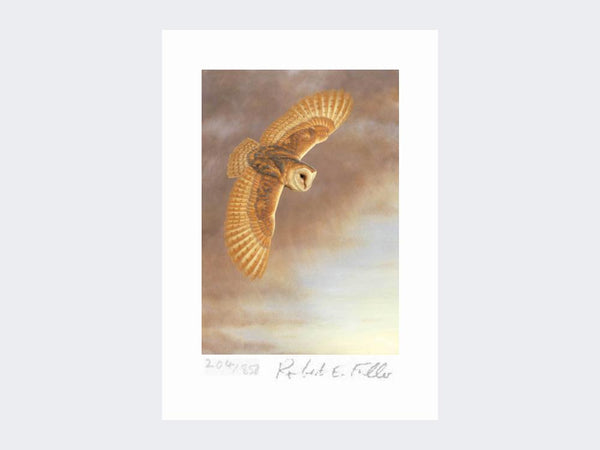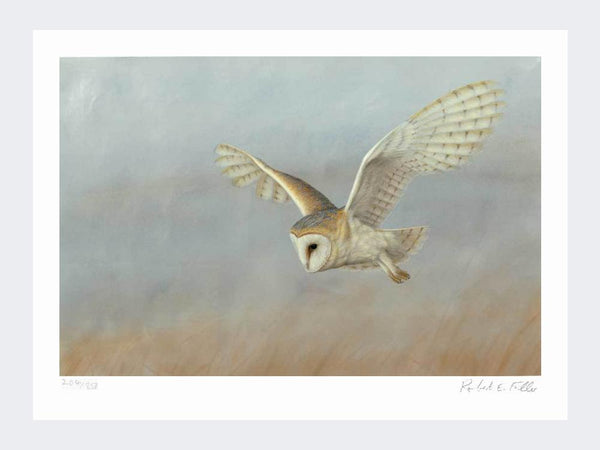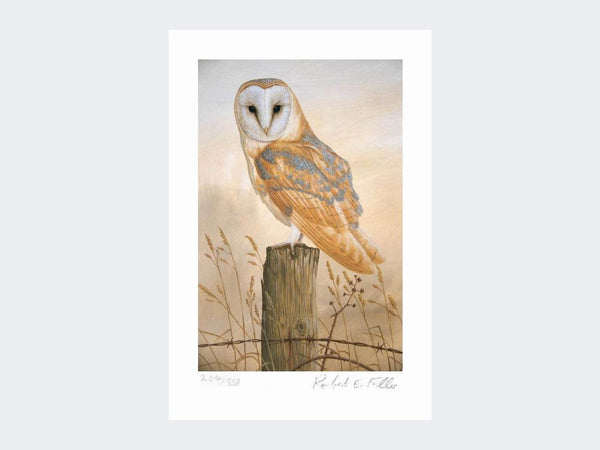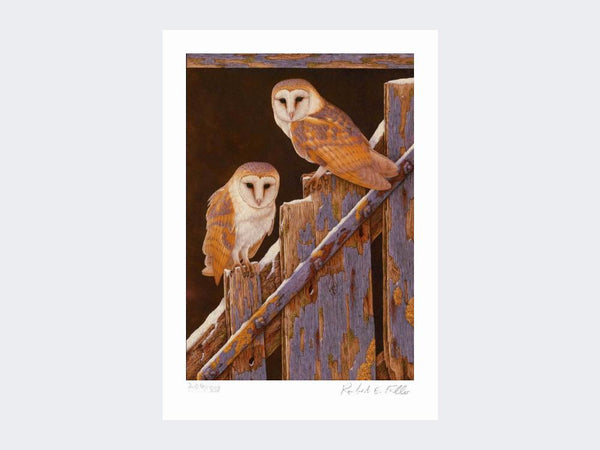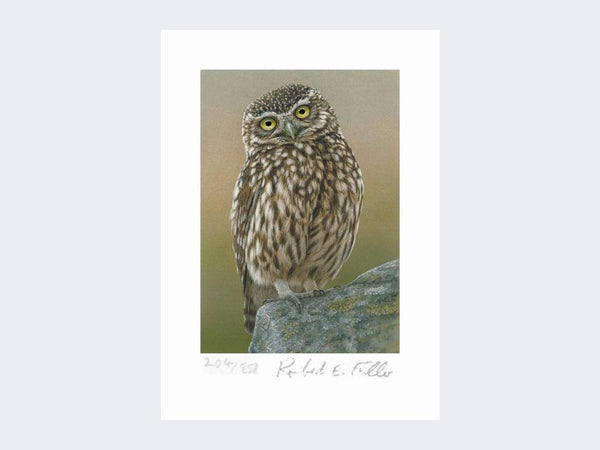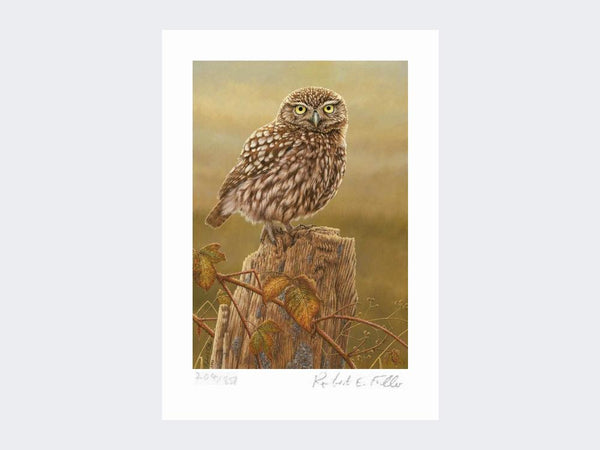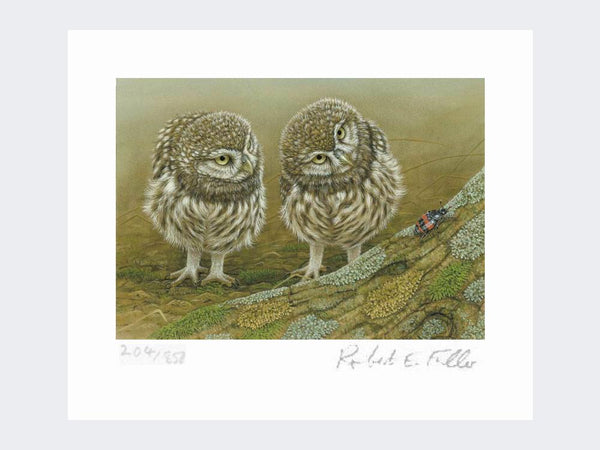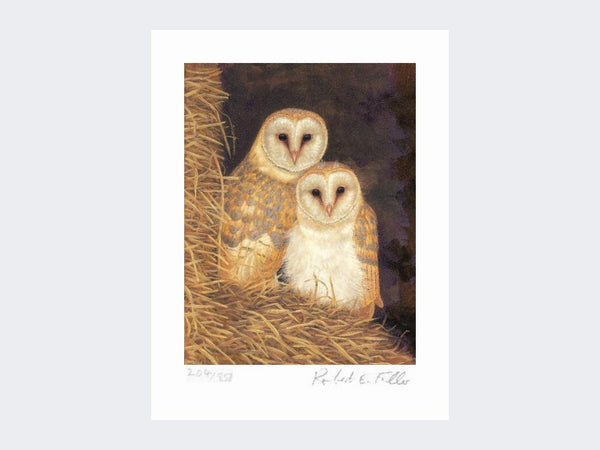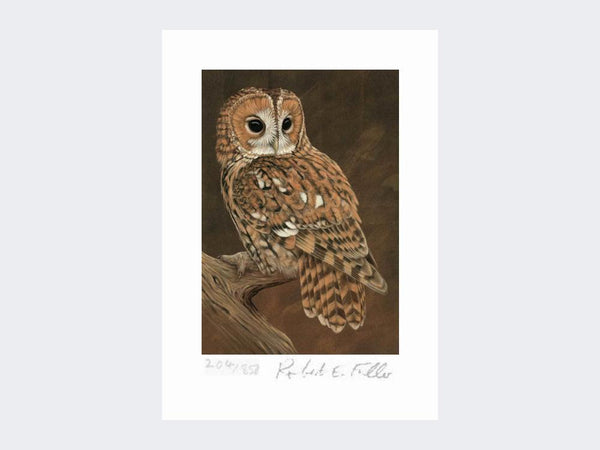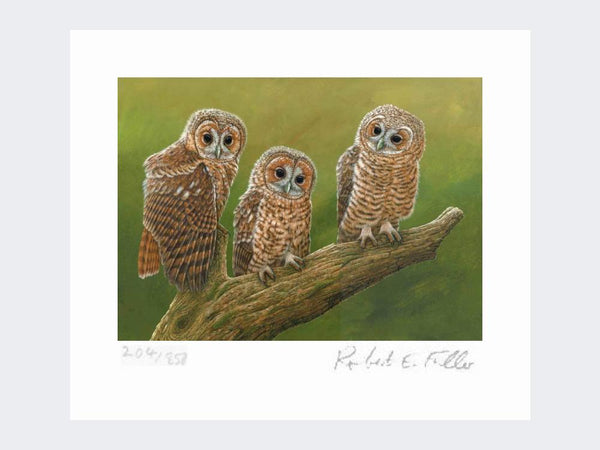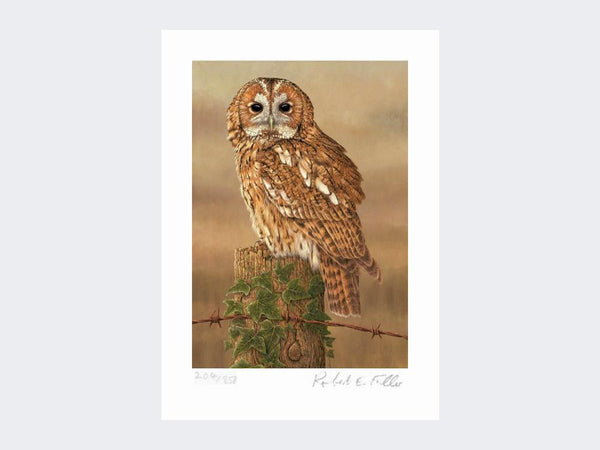Over the years an old elm stump I turned into a nest box has provided a home for barn owls, kestrels, and tawny owls - as well as hosted a great many other species.
Elm trees
When I found the stump I thought it would look good as a backdrop for one of my paintings. Little did I realise when I brought it home and turned it into a nest box that it would support so much life. Elm trees once dominated English landscapes . But Dutch Elm disease killed 60 million of them. This stump belonged to a decayed old tree. Once I had adapted it, I hoisted it into a sycamore tree in the valley below my art studio where I knew tawny owls lived.
Elm nest box
In its very first year, tawny owls nested in it and that year's chick featured in one of my paintings. Since then, lots of other animals have also been spotted at the nest, like stoats, hoping to get owl eggs or chicks. But over the years the owls seem to have preferred the elm stump and a number of the owl characters I watch on my nest cameras have raised their young here.
Circle of life
The tree also supports a miniature eco-system. The owl's throw up pellets, made up of food they can't digest , and these then attract flies, attracting spiders, which in turn attract birds. Clothes moths also lay their eggs inside the pellets and birds, like wrens and treecreepers, eat their larvae . There’s an entire food chain, right here in one nest box… Its incredible.
Tree of life
Its amazing to think that my elm stump, found decades after it actually died is still giving so much life. And I'm sure it will continue to do so for years to come
#trees #robertefuller #owls

